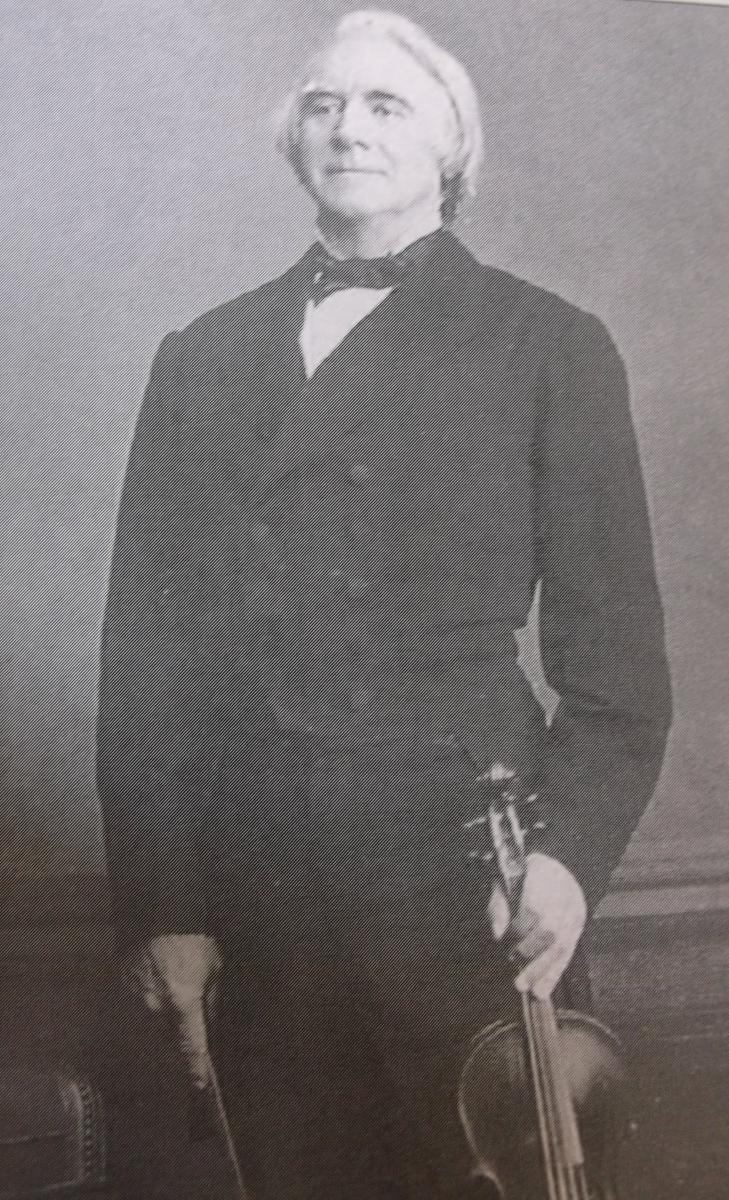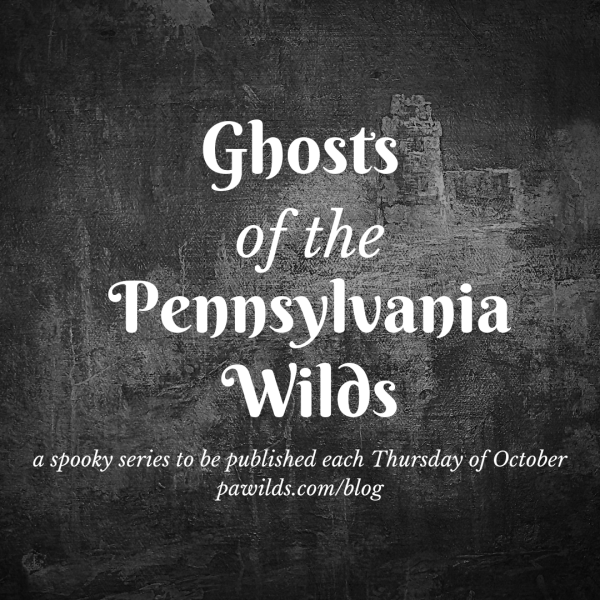Ghosts of the PA Wilds: The Ghostly Music of Ole Bull
Ole Bull State Park lies in Potter County, up in the Dark Skies landscape of the Pennsylvania Wilds. It’s an exciting state park with a fascinating history to it. It’s named after a famous musician. And, if you visit at the right time, you might even hear music, the ghostly sound of a violin, coming from nowhere you can see.
This would be the brokenhearted musician, grieving for his lost dream.
Ole Bournemann Bull was born in Bergen, Norway, on Feb. 5, 1810. At a young age, he learned to play the violin, but he considered it to be mostly a hobby. He was talented enough, however, that it became a career, and he often performed to sold-out concert halls, playing a violin with diamonds embedded on it.
It was 1852 when Ole Bull came to Potter County, in what is today Dark Skies Country. His plan was to purchase land and create a series of communities that would mimic his native Norway. He met John Cowan, a Williamsport native, who sold him a significant amount of land. Bull proudly began construction of his communities: Oleanna, New Norway, New Bergen and Valhalla.
(Ole Bournemann Bull is pictured at right. Photo provided by the Ross Library.)

He also began to build a castle on the mountain above, overlooking the valley. The McElhattan folklorist Henry Shoemaker donated a painting to the Ross Library, in Lock Haven, showing the castle partially completed, a grand tower rising up from the foundation. (Painting donated by Henry Shoemaker is pictured at right. Photo provided by the Ross Library.)
However, in 1853 Bull hit a snag in the purchasing process. It turned out that he didn’t actually own the land he’d purchased from Cowan, because Cowan hadn’t gone and bought it in the first place. The actual owners of the property weren’t even aware that they were selling, so Ole Bull’s new towns were considered an act of trespass. Ole Bull had been the victim of a scam, and he lost much of his money. He became aware of this in May of 1853.

In the subsequent years, he would go to court repeatedly to try to recoup the loss, but he was never able to fully recover the sum. Bull returned to Norway and passed away in 1880.
Some say that when Ole Bull found out he’d been swindled, he walked away into the forest, playing his violin. Some say he flung it off the cliff. And some say he wandered until he found a local tavern, had one drink, played the violin, and then disappeared into the night.
But many accounts agree that you can still hear violin music in the park.
Possibly the earliest account of this is Henry Shoemaker’s 1922 book “Allegheny Episodes.” Shoemaker writes, “Unaccountable and worthy of investigation are the weird strains of music heard on wild, stormy nights, which seem to emanate from the castle.” Shoemaker does leave room for the possibility that it might be a different violin-playing ghost, however, because this whole story wasn’t already strange enough.
The weather seems to play an important part in hearing the ghostly music. To this day, many people report hearing violin music in the park during storms, or at least when the wind picks up. Is it simply the wind, whistling through the trees? Or is it the actual music of a brokenhearted performer? Nobody knows for sure.
Today, the park is open to the public. The ruins of the castle can be seen with a short and steep walk. A monument to Ole Bull stands, with a bust of the musician, and the flags of America and Norway often fly beside it.
If you visit, you probably won’t see a ghost…. But you may hear one.
“Ghosts of the PA Wilds” describes a series of ghost stories from the region written by historian Lou Bernard, who also revels in folklore and the paranormal. Each Thursday of October, and leading right to Halloween, the PA Wilds Are Calling blog will feature a new ghost story to celebrate the spooktacular season upon us.
Know of another good PA Wilds ghost story worth investigating and sharing? Let us know in the comment section below!




That’s an entertaining story and Ole Bull State Park is a magnificent tribute to the violin virtuoso and the Norwegians who came to the Kettle Creek valley in 1852. Shoemaker’s flights of fancy and other oft-repeated distortions or inaccuracies are a disservice to the history of the Oleana colonies.